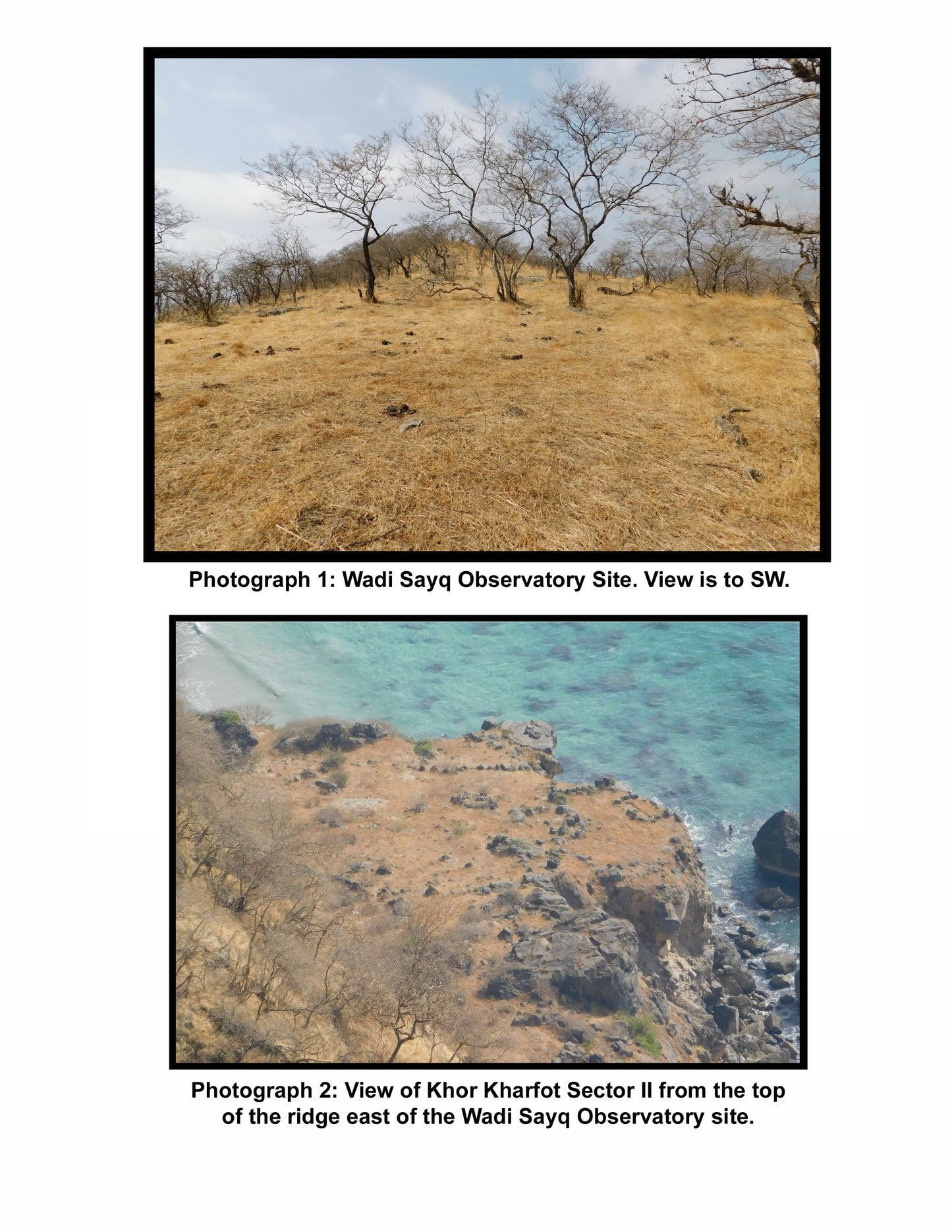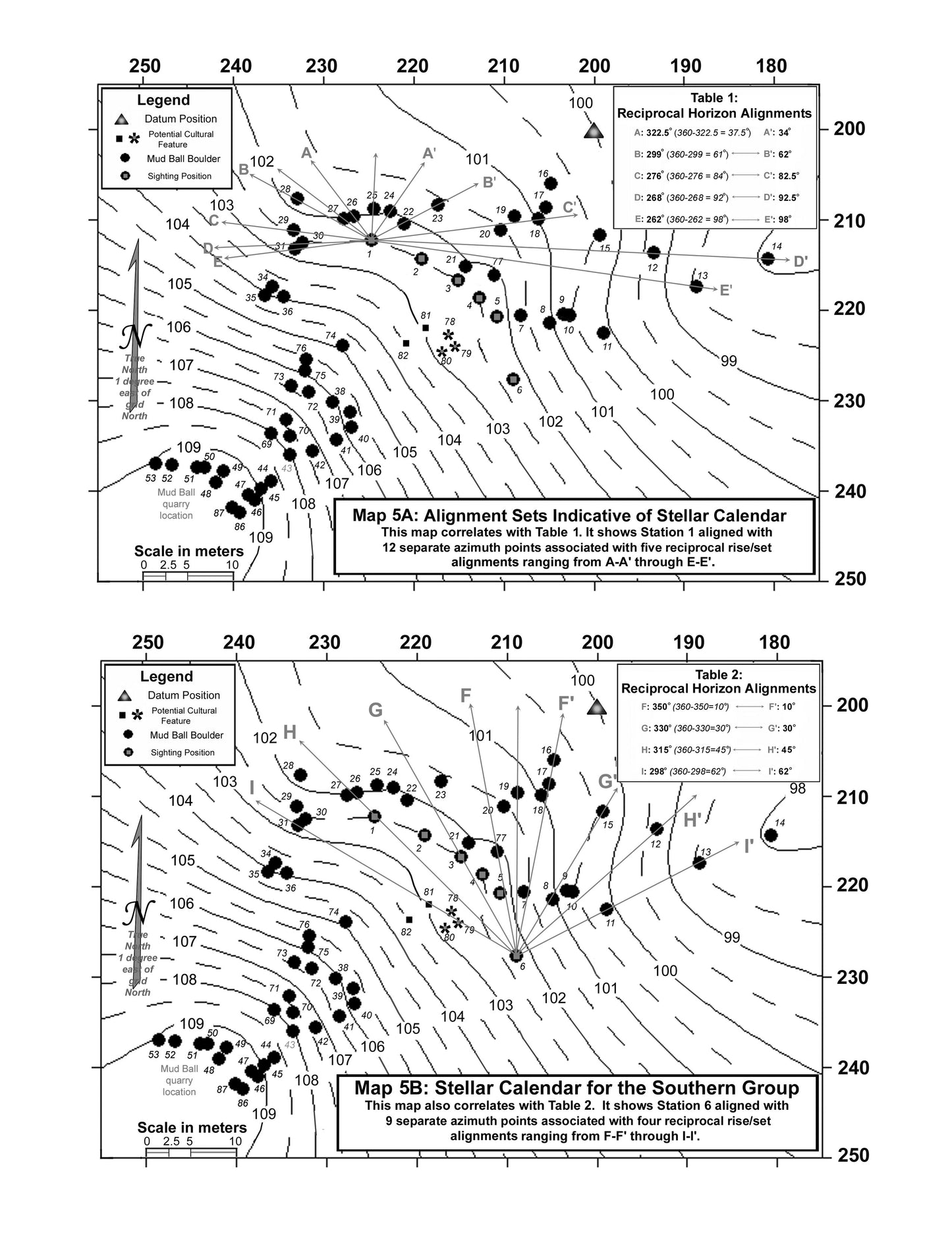ARI
The Wadi Sayq Observatory Early Iron Age Astronomy in Oman, Eastern Arabia
The Wadi Sayq Observatory Early Iron Age Astronomy in Oman, Eastern Arabia
Couldn't load pickup availability
Abstract:
This manuscript details the discovery, mapping and analyses of Wadi Sayq, a unique archaeological site overlooking the Arabian Sea. This site’s ancient founders, who apparently resided at nearby Khor Kharfot, established an astronomical observatory on this location using alignment architecture consisting of uniquely rounded boulders displayed in linear arrays oriented to solar, lunar and stellar rise/set positions on the horizon. The original layout used a unit of measure almost identical with a 428-millimeter unit discovered by Asher Kaufman in the 1960s among Jerusalem’s Temple Mount foundations. However, the observatory’s actual unit of measure has been established as 429 millimeters, the Jhaz cubit system identified during excavations at the Khor Kharfot Sanctuary Site situated on the coastal terrace some 1300 feet below the observatory. Computerized correlations, in accord with a unique 19-year Metonic cycle, place Wadi Sayq’s date of occupation at 587 to 584 BC based on the site’s numerous lunisolar alignments of coincident full moon and vernal equinox events initiated on March 21, 586 BC. Graphic manifestations of the lunisolar events bracketing the full moon on the vernal equinox of 586 BC resemble the inverted parallelism and cross-over event structure of a literary chiasmus. Two distinct sets of alignment configurations of nested equilateral triangles, whose sides exhibit Jhaz units of measure, evidently served as templates for the creation of two stellar calendar layouts. The solar, lunar and stellar interactive calendar system suggests this ancient observatory was developed between 587 and 584 BC by the Lehite people recorded by Nephi in the Book of Mormon. The observatory was evidently designed using nested triangles in a mandala-style template used for the identification, charting, and prediction of Passover and holy days initiated annually by the vernal equinox followed by the Passover celebration.
Archeological Research Institute
Wadi Sayq Technical Research Series, Paper No. 5 2020b
Share




